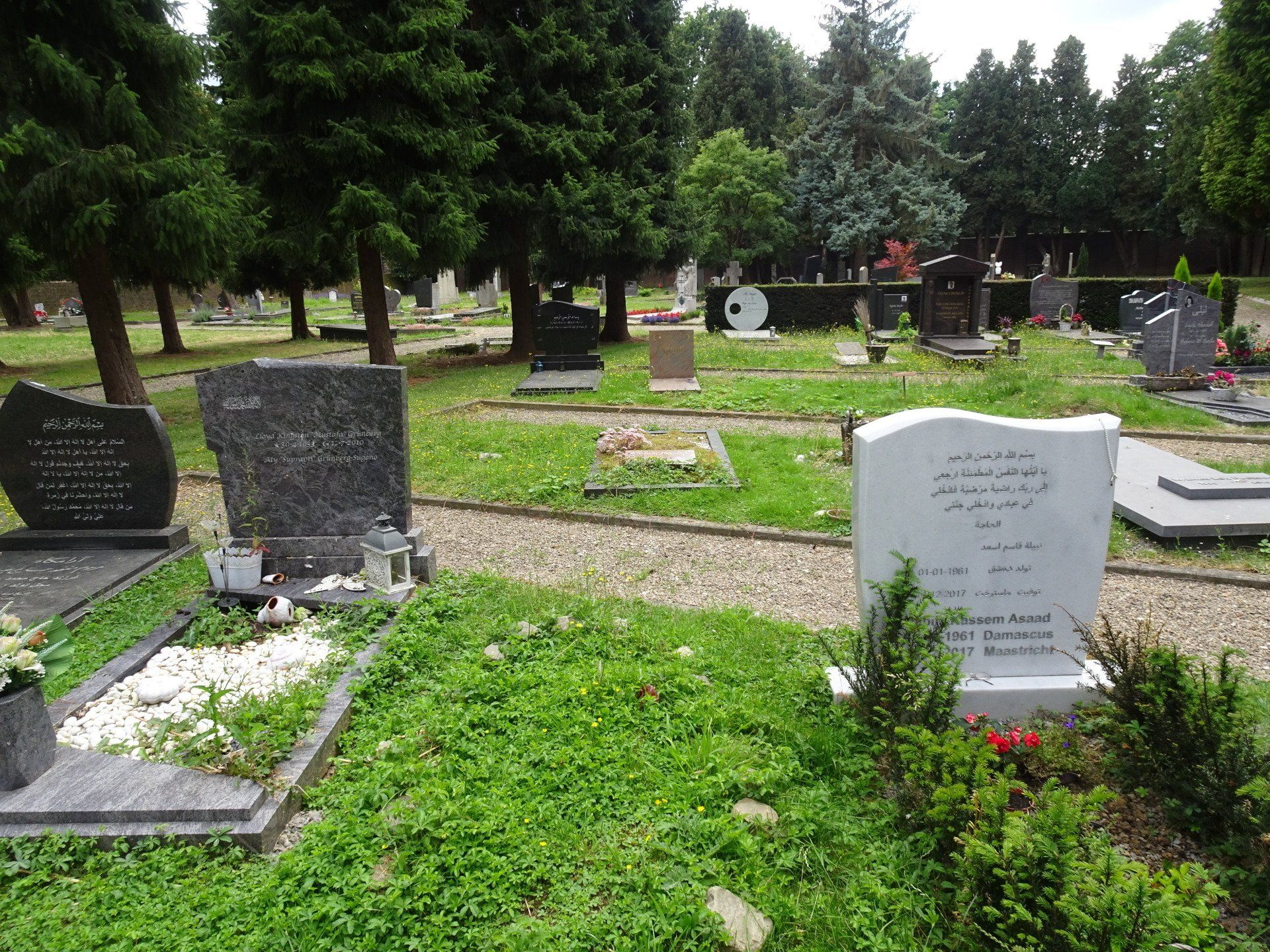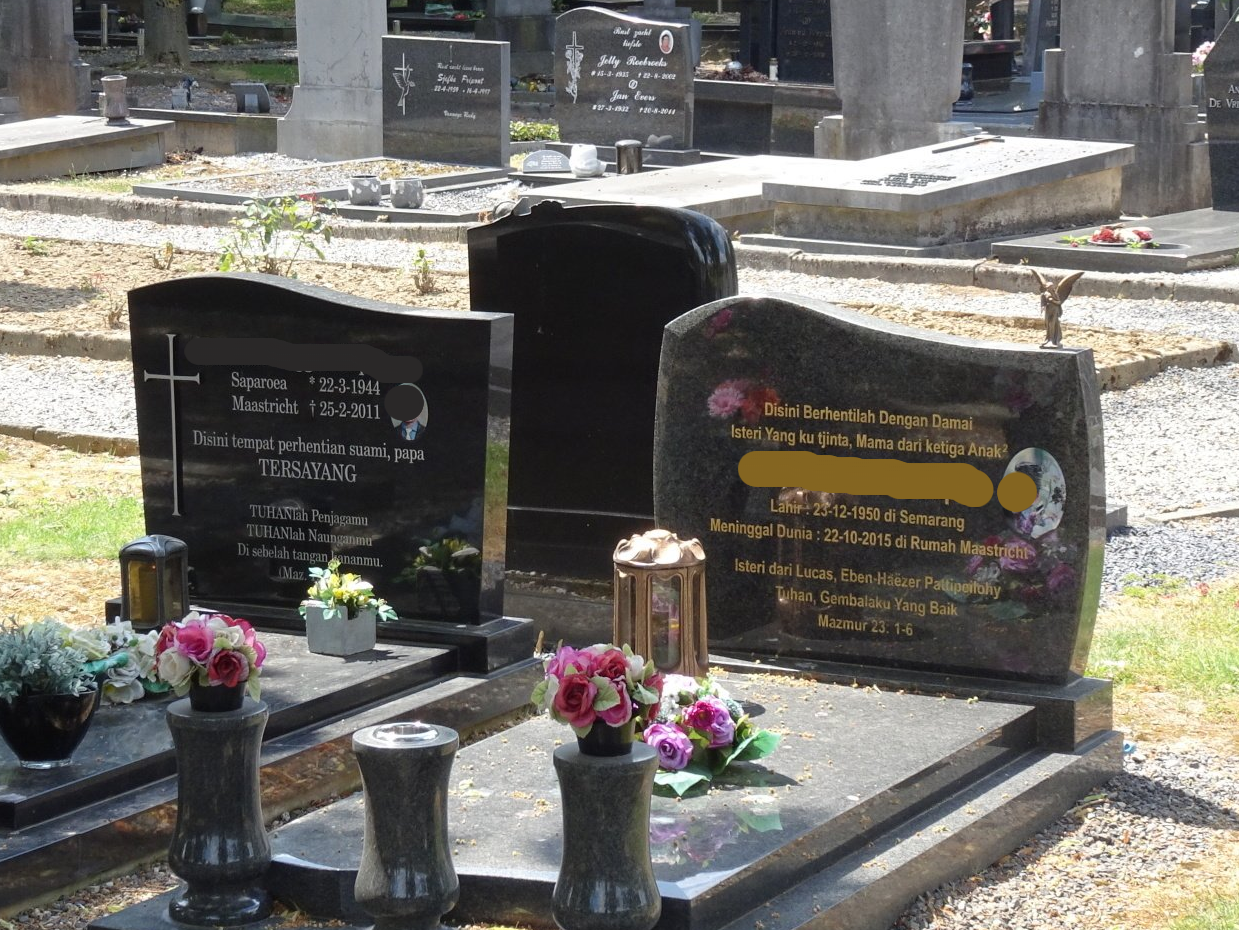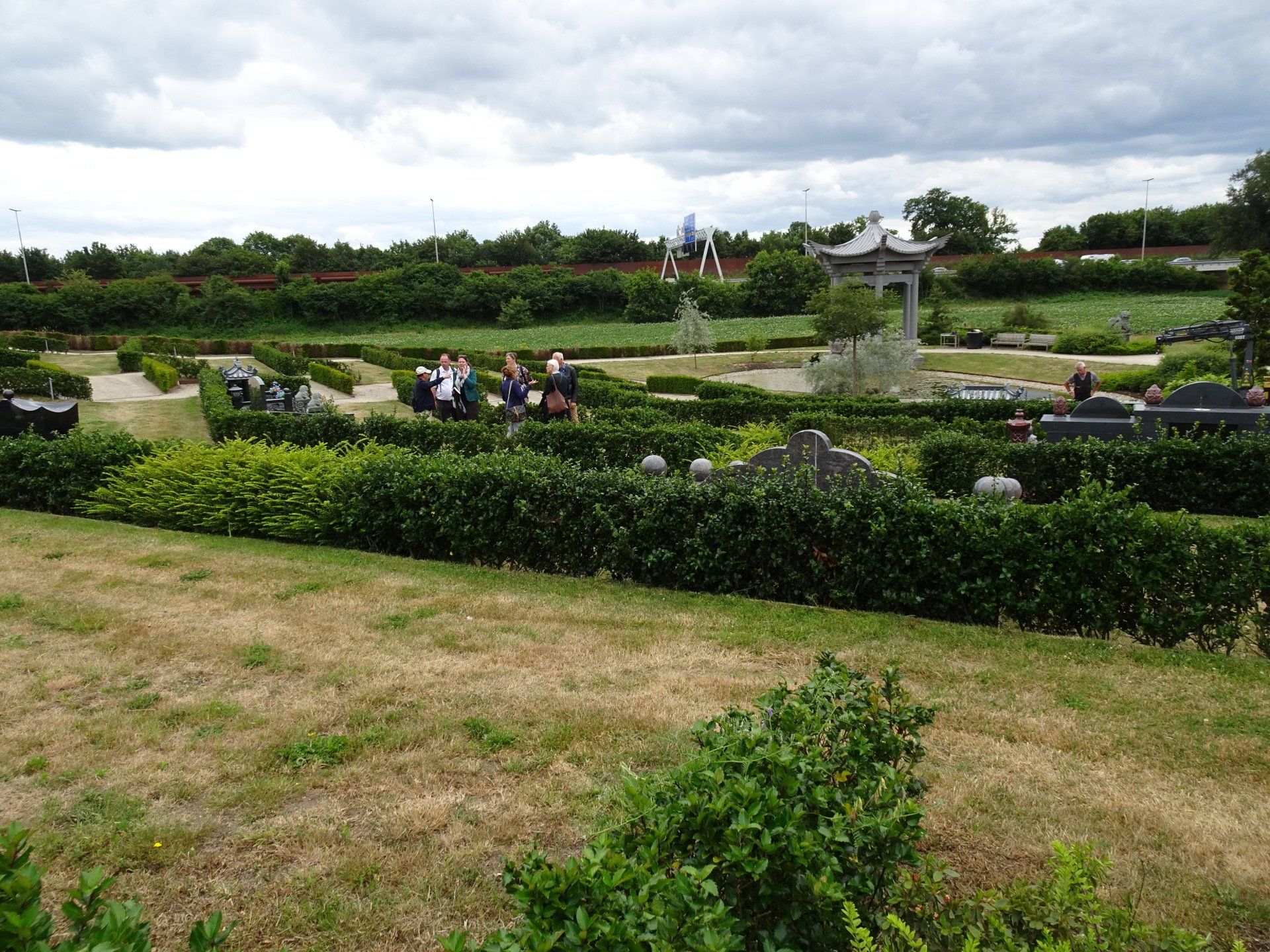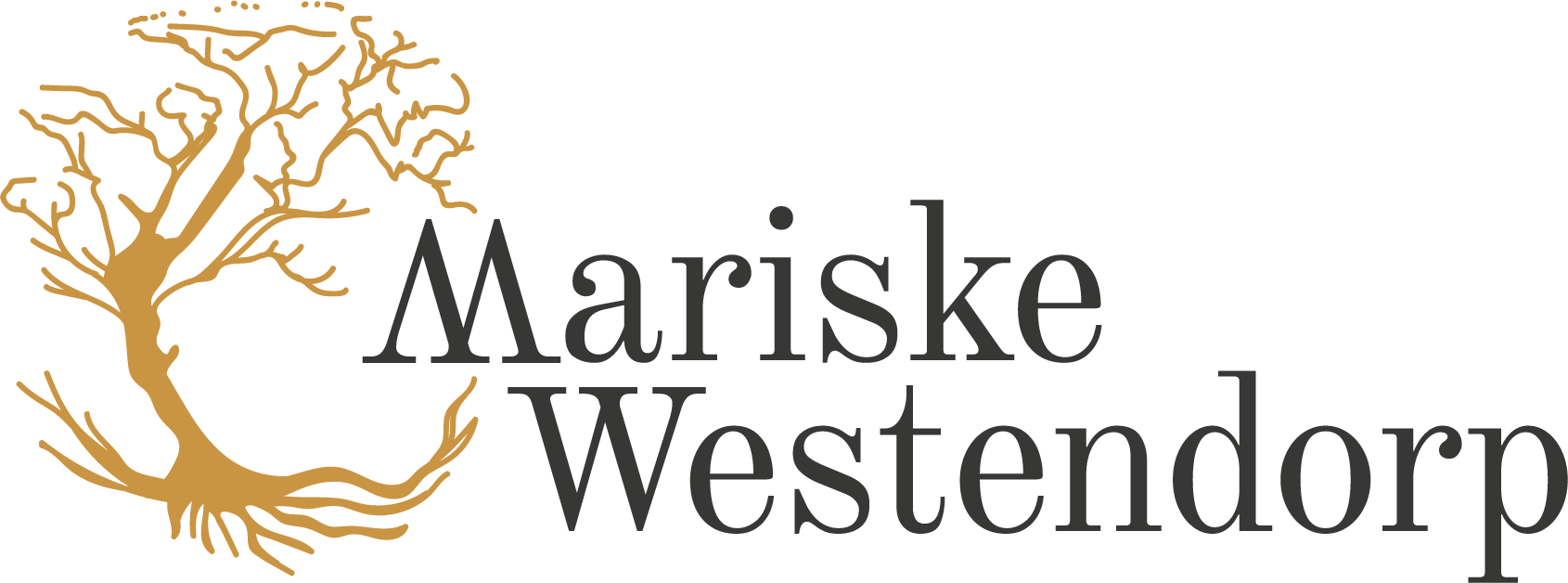Diversiteit op de Tongerseweg, Maastricht
De toekomst van het Nederlandse funeraire erfgoed
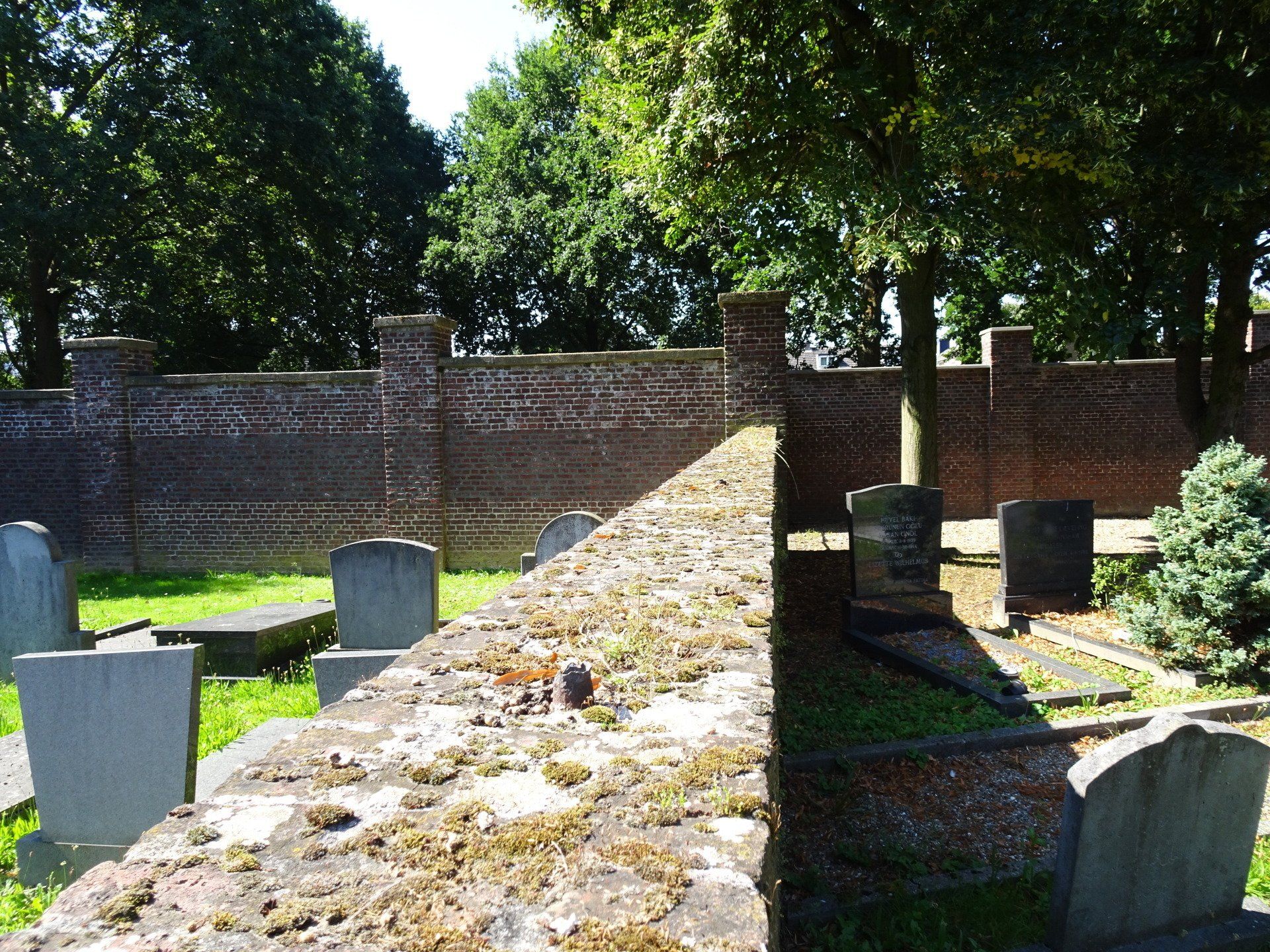
Op zaterdag 24 augustus organiseerde Terebinth (Nederlandse stichting voor funerair erfgoed) een rondleiding op de Begraafplaats Tongerseweg in Maastricht. Na afloop van de rondleiding vond er een discussie plaats rondom de vraag hoe kerkhoven als cultureel erfgoed beschermd kunnen worden.
In Nederland neemt het aantal begrafenissen per jaar af. Steeds meer mensen wensen gecremeerd te worden, of wensen een natuurbegrafenis. Ook worden grafrechten niet meer altijd verlengd. Dit alles leidt ertoe dat begraafplaatsen en kerkhoven leeg raken – en in sommige gevallen zelfs plaats moeten maken voor nieuwe herbestemmingsplannen.
Tegelijkertijd neemt de diversiteit in onze samenleving toe. Dit komt onder meer doordat migranten zich vestigen in Nederland. Een aantal van deze migranten hecht wel waarde aan begraven. Zij zijn op zoek naar een plaats waar ze hun overledenen ter aarde kunnen bestellen.
Veel bestaande kerkhoven en begraafplaatsen stellen zich open op ten aanzien van deze toenemende diversiteit en nieuwe behoeften aan rituele gedenkplaatsen. Zo kunnen moslims op de Tongerseweg volgens islamitische rituelen op een eigen deel van de begraafplaats begraven worden, en is er een Armeens deel in aanleg. Waar andere migranten en minderheden plek vinden, is tot nu toe nog minder duidelijk.
Het lijkt er dus op dat de twee bovengenoemde trends elkaar naadloos kunnen aanvullen. Dat dit echter niet altijd het geval is, zal blijken uit de blogposts die de komende maanden gepubliceerd zullen worden.
